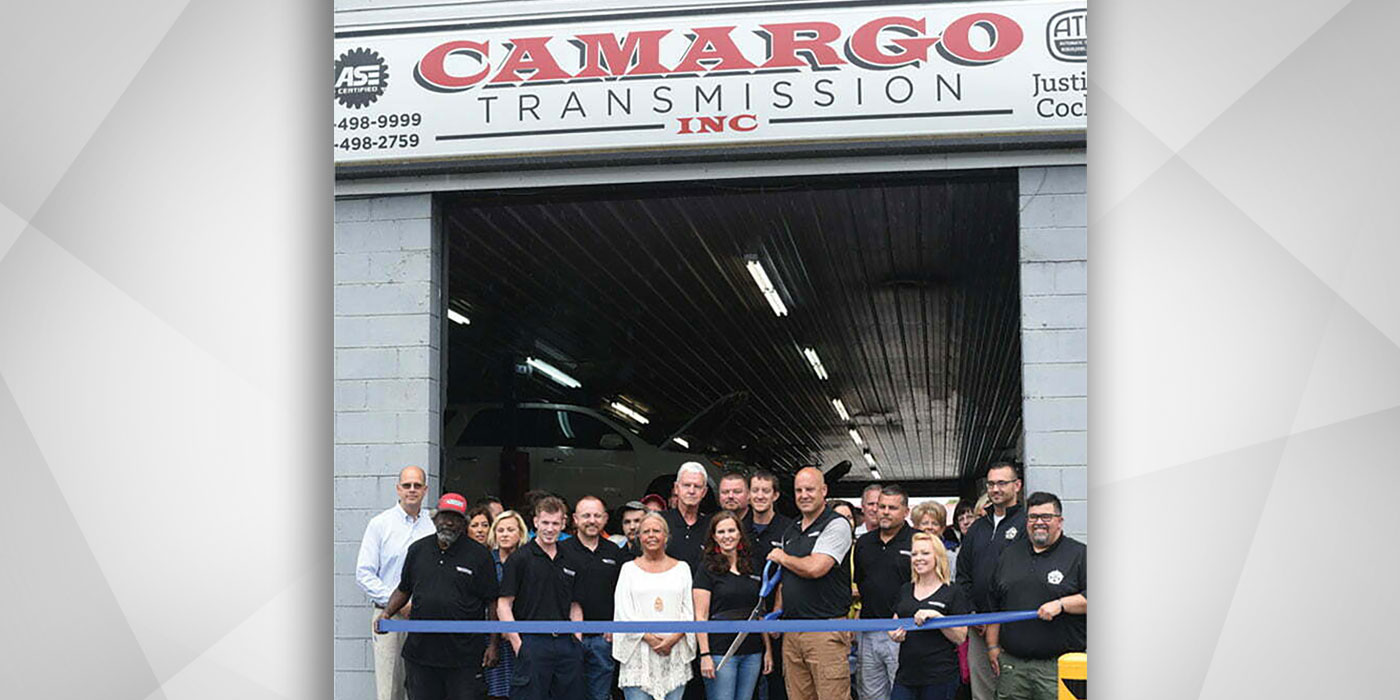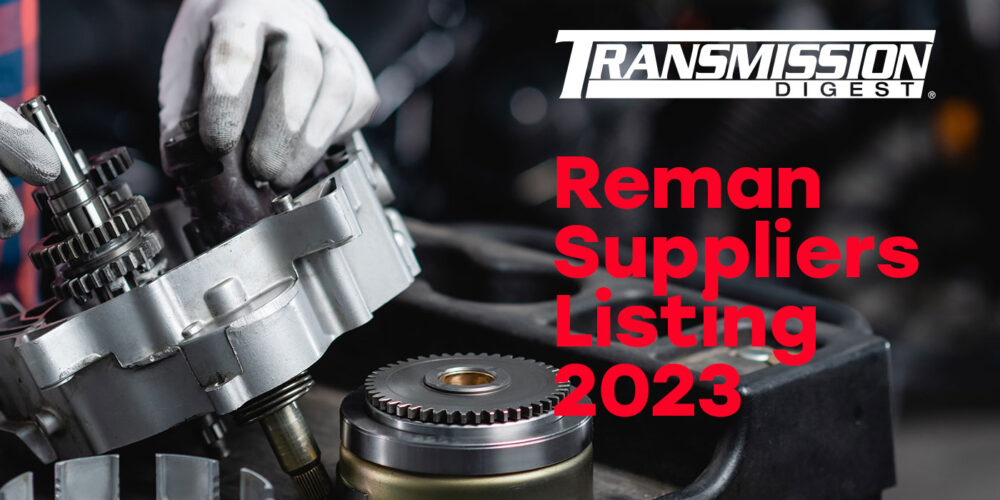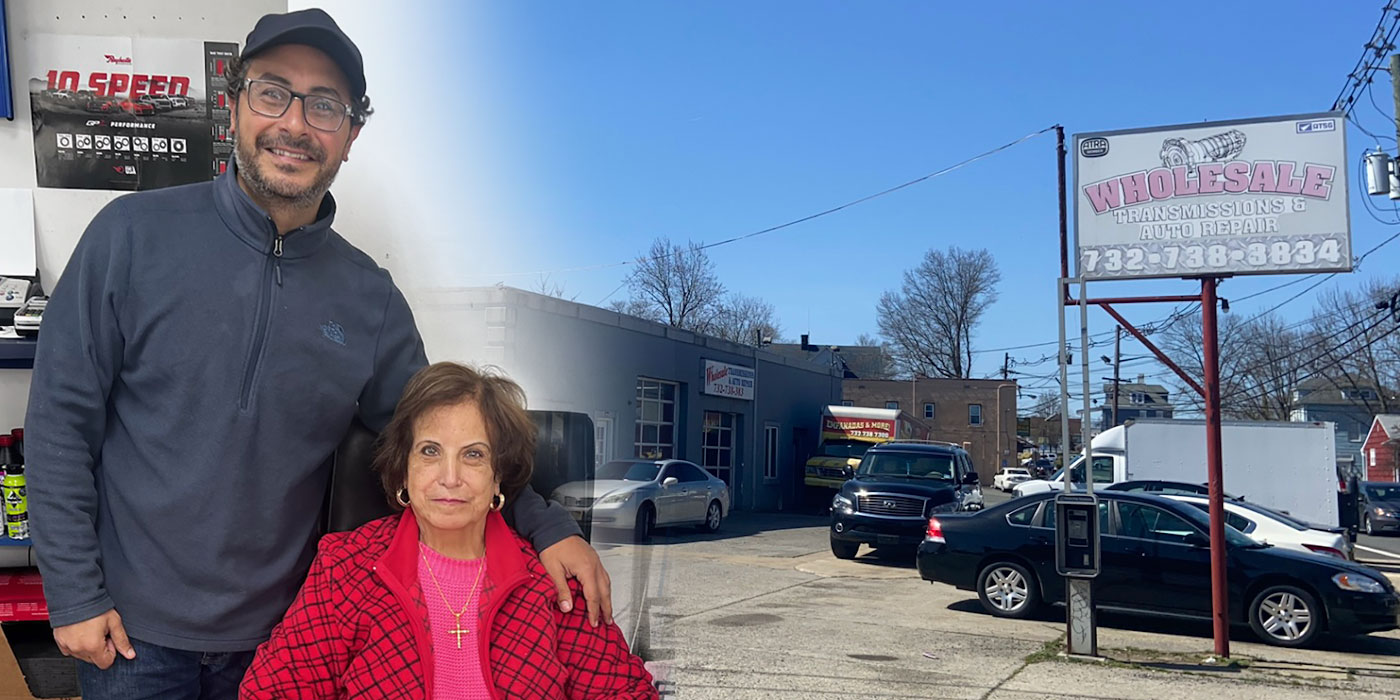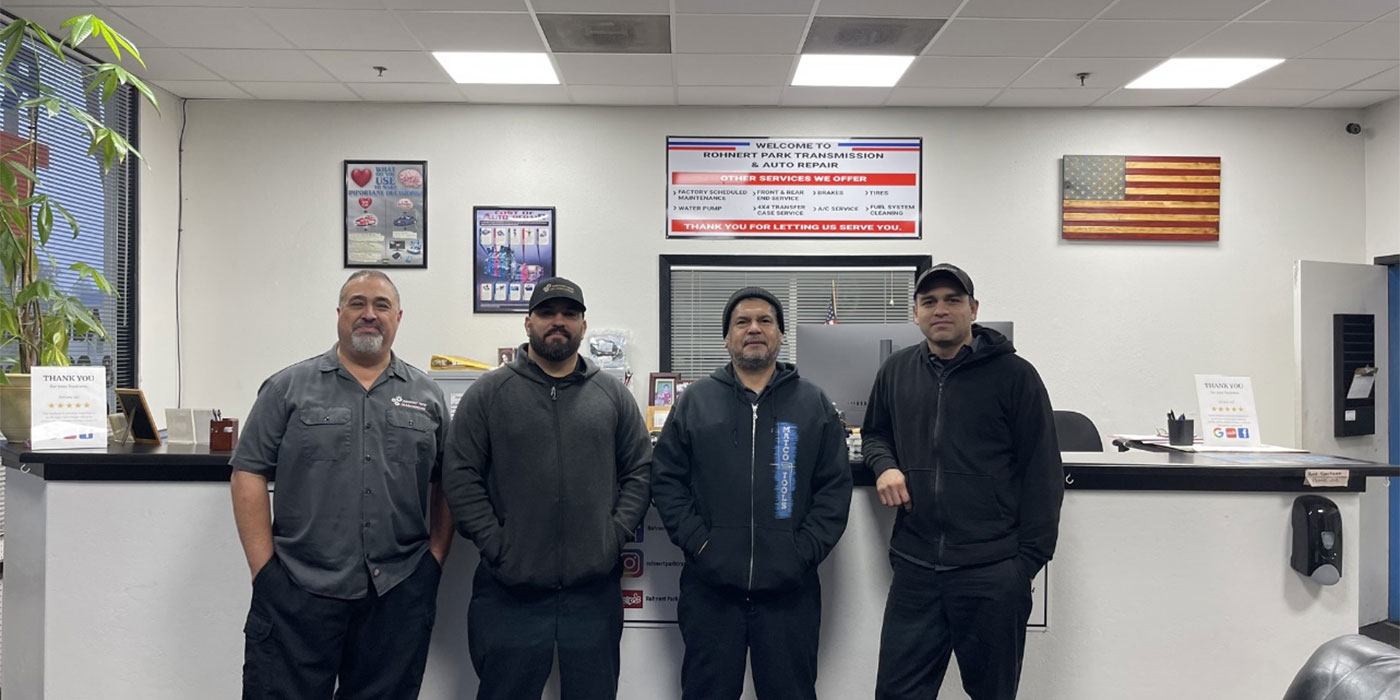
A. Little Help
- Author: Art Little
- Subject Matter: Management
- Issue: Planning work flow
Customer at the point of sale: “When will it be ready?”
Manager: “Noon tomorrow.”
A manager who worked for me got so wrapped up in the sale that he would say anything to close the sale. Everything would be ready tomorrow at noon with him. No matter what it was or when you asked him, he used the noon delivery time as a crutch to sell and as a stock answer to buy time after the sale. Needless to say, his shop was blown up all the time.
For most of my career, I have walked into shops that are heat farms, where you can cut the tension with a knife – mad customers, owners pointing fingers at the manager, managers pointing fingers at employees, employees pointing their fingers back at management, one ego clashing with another. My goal some days – for real – was to just get out of there without getting beat up by an employee or a customer.
How does that happen? How does it get to that point? Usually, it is because we get behind in production; maybe because a burst of sales has exceeded what we can produce or there is a nightmare car in the shop that has eaten our lunch and dinner. We may have an employee on vacation or out sick. Maybe we hired a new manager or builder and they are not working out. There is a never-ending list of things that can go wrong and get production backed up.
At these times we have to remain calm and remember that all shops fall behind at times. It is normal. Falling behind just comes with the territory. When production gets backed up, the delay will create some issues with the customers and the situation can turn the shop into a heat farm pretty quickly if we let it. These times are when a customer complaint turns into a lawsuit if we don’t play our cards right. How successful we are at avoiding lawsuits and achieving 100% customer satisfaction all depends on how we handle the customer and the way we plan work flow.
What we see in these situations is that customers basically are upset because their vehicle was not finished when they were told it would be. That’s the bottom line. This has caused them to lose confidence in the shop. Put yourself in their shoes. It is a terrible inconvenience to be without transportation. No telling what they had to do to get the money to pay for the repair. They have trusted us to fix their vehicle by a certain time and it is still not fixed. They have had to arrange transportation to get to and from work, school, the grocery store etc. on top of paying for the transmission repair, and now, when they think their transportation problems are over, they find themselves having to arrange transportation again.
Sometimes, to gain control, we just need set up a new work-flow order. We will want to begin by reevaluating each customer’s temperature and organizing them into a hot, medium or cold category in an effort to establish a work order. We need to prioritize and number the order of the repairs to be performed so that we can estimate delivery dates. The squeaky wheel gets the grease in most cases, so plan accordingly. The name of the game here is to stay focused on the heat cases so they do not escalate. Now is the time to plan work flow carefully and make sure we do not over-promise. Be realistic and set the new delivery dates.
With our new work-flow plan in hand, it is time to man up and call the customers. Don’t wait for them to call. We have to work on getting their confidence back during the rest of the repair process so that we can deliver the vehicle to a happy customer. It’s not easy but it can be done. The biggest mistake we can make is to hide from the customer and become unavailable. The second-biggest mistake is to get into an argument. Never blame delays on the technicians, and never promise a specific time of day it will be ready. Keep the conversations short and to the point.

Our goal is to buy enough time with the customer for the shop to complete the repair and to give ourselves a little room if we don’t. We do that by explaining to the customer that a projected delivery date is a best-case scenario, an estimated time frame that requires everything to go well with no delays. Explain that “if everything goes well, Friday, but, if there is a problem I will call you immediately.” It is our responsibility to give customers realistic delivery dates so they can plan for transportation. It is also our responsibility to immediately let them know if there is another unexpected delay so they can make new transportation plans. If we deliver the vehicle on the new delivery date, it will go a long way in our efforts to mend our relationship with a customer who had lost confidence. That is why we need to give ourselves plenty of time when we reschedule – we need to keep that date.
When we call to let a customer know their new projected delivery date, we do not get into technical discussions. We tell them we are sorry for the delay and that the technicians have everything under control. We let them vent. We extend warranty or give a free oil change to prove we are sorry if we think it is appropriate. Since transportation is the biggest problem for our customers, we want to do everything we can to help the customer find transportation. If they need a rental car we can refer them to a local dealer or maybe get them a taxi ride or take them home on the next road test. In extreme cases where we have really messed up, we provide them with a rental car or invite the customer to the shop and discuss it face to face. We do what we need to do to satisfy the customer when the shop is running behind so the problem does not escalate.
Remember, the customer is a potential lawsuit during these times. We need to weigh every action we take now. We should make decisions on the basis of what we would like to tell the judge when we are standing in front of him, because we might get that opportunity. The customer is upset because being without his vehicle is inconvenient. We want to do everything we can to minimize that problem. That also means a lot to the customer when we are trying to earn back his trust.
Once we have set a work-flow order and notified all our customers, consistent communication with the customers should be our top priority. It is good policy to call the heat cases every morning and give them a production report. If there is a glitch in the work flow we want to notify the customer immediately if there will be another delay. We want to show that we respect our customer’s situation. We want communication lines open. The good news is, nowadays that is pretty easy to do. Our website should answer the most-common questions customers have. There should also be contact information there that allows the customer several ways to communicate with us 24/7.
Technology has made it easier for us to communicate with our customers so it’s easier to contact them nowadays. Smart phones have changed the game. We can easily exchange texts or emails with our customers without having to call where they work. We can even use video on our smart phones to help make a point to customers who cannot come to the shop. Some apps even automatically send text notices to customers each time their repair progresses to the next stage of repair and takes that duty off the manager.
Car delivery is the best time for us to win the customer back. This is when it helps to have a good personality. We keep it friendly and positive. We perform a proper car delivery and, when it is over, ask whether the customer is satisfied with the work. When the customer says yes, we shake his hand and thank him for being patient during the repair. Now is the time we use our charming personality and make friends with the customer before he leaves. Also, to assure customer satisfaction after the vehicle is delivered, we will want to follow up a few days later to solidify our friendship.
We do not want to deliver the vehicle until the customer says he is satisfied. If the customer is not satisfied, we have to do something to resolve the problem before the customer takes delivery. This is our last chance to do what has to be done to resolve all issues with the customer. Again, the lawsuit does not leave just because we delivered the vehicle. If he is not satisfied, now is the time to find that out and resolve the problem.
In closing, I’ll remind you that we can’t quit selling when the shop gets behind. The shop has bills to pay even though production is backed up. I have found that managers have different quitting levels when the shop turns into a heat farm. Some managers just immediately quit selling until the heat clears out. Others figure out how to continue to sell some of the easy leads. Everyone has their own comfort zone. The great managers have a way of getting all the sales made to incoming customers and satisfying all the existing customers – and they don’t promise delivery at noon tomorrow.

Art Little is the founder of TransTeam. His website is the home of the National Employment Headquarters for the transmission industry. He has been an industry pioneer in Internet technology since 1997, and his background in shops goes back almost 30 years. He is respected nationwide as an owner and manager who specializes in multiple-shop management. Today he is a software developer for the transmission industry, offering apps that make everyday tasks in a transmission shop easy by using today’s technology. TransTeam’s mobile technology puts transmission-shop production on a smart phone. Art invites all Transmission Digest shop-owner fans to go to his website and become a TransTeam fan. Visit www.transteam.com.













